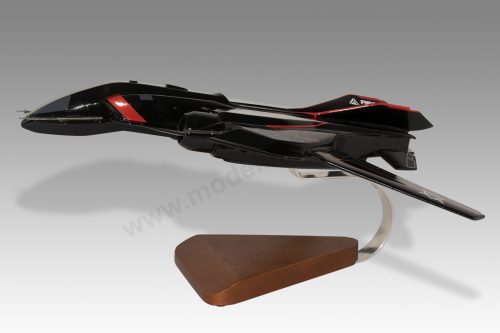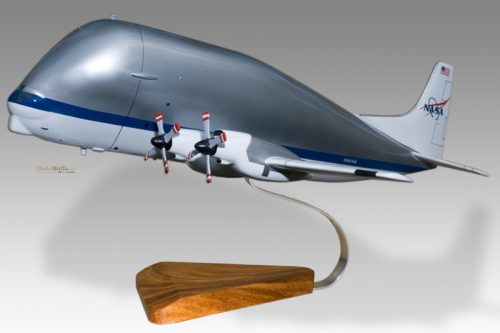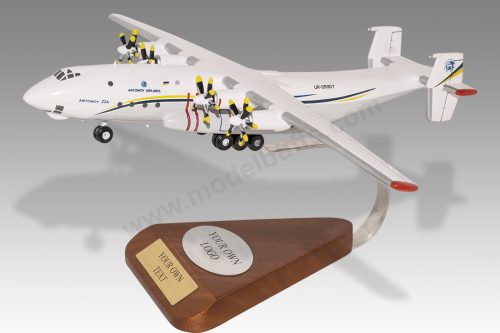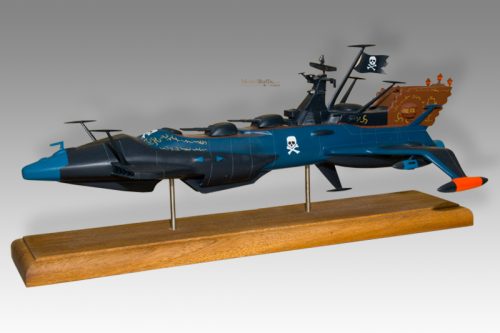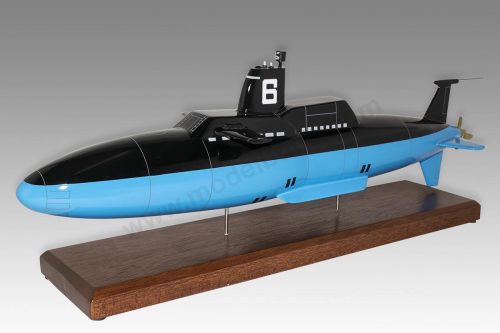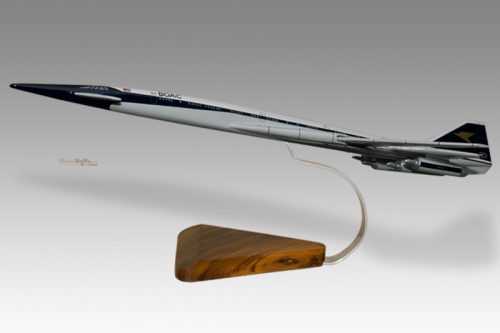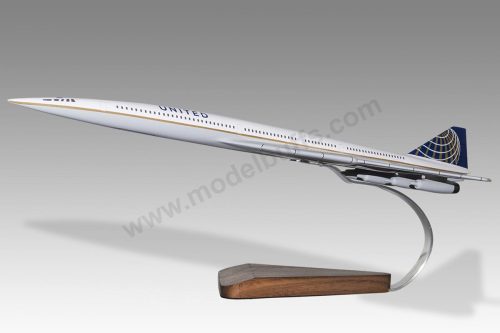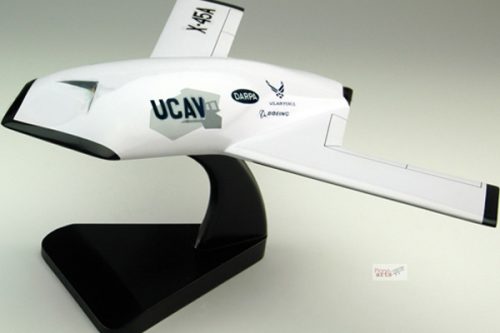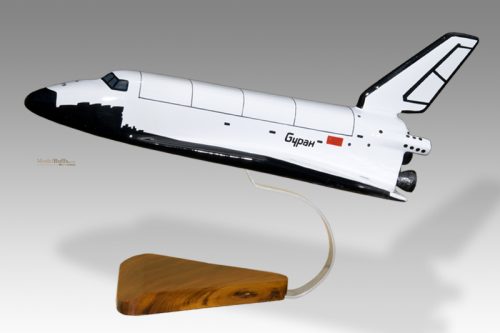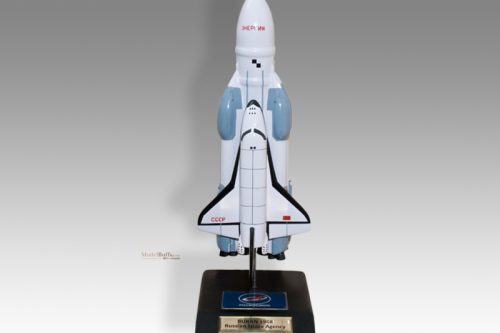Spacecraft, Experimental, and NASA Aircraft: Pushing the Boundaries of Flight and Exploration
The realm of aerospace has always been marked by innovation, exploration, and the quest to achieve what was previously deemed impossible. Over the decades, spacecraft, experimental aircraft, and NASA’s unique fleet have showcased the cutting edge of technology and the relentless spirit of human exploration. In this article, we delve into these marvels of engineering and their impact on our understanding of flight and the universe.
Spacecraft: Beyond the Atmosphere
Since the dawn of the space age, spacecraft have been humanity’s vessels to the stars. They represent the pinnacle of engineering, allowing humans to leave Earth, set foot on other celestial bodies, and send robotic emissaries to the distant reaches of the solar system.
- Satellites: From communication to weather forecasting and GPS, satellites have become an integral part of modern life. They orbit Earth, providing a multitude of services that have revolutionized communication, navigation, and observation.
- Space Probes: These unmanned vehicles, like the Voyagers, Pioneers, and New Horizons, venture deep into space, sending back invaluable data from distant planets, asteroids, and beyond.
- Manned Spacecraft: From the legendary Apollo modules that took humans to the Moon to the space shuttles and the International Space Station (ISS), these vehicles have expanded our presence in space.
Experimental Aircraft: Testing the Limits
Throughout history, experimental aircraft have been crucial in advancing aviation technology. These aircraft serve as testbeds, pushing the boundaries of what’s possible.
- X-Planes: A series of experimental United States aircraft and rockets, including the Bell X-1, the first plane to break the sound barrier, and the X-15, which reached the fringes of space.
- Modern Marvels: Today, experimental aircraft test various technologies, from electric propulsion and autonomous systems to innovative wing designs.
NASA’s Fleet: A Unique Blend
NASA, the United States’ space agency, has been at the forefront of aerospace research. Apart from its spacecraft, NASA’s fleet of aircraft has played a pivotal role in aerospace research and development.
- Research Aircraft: These include modified commercial aircraft, such as the Stratospheric Observatory for Infrared Astronomy (SOFIA), a Boeing 747 equipped with a massive telescope.
- Unmanned Aerial Vehicles (UAVs): NASA uses UAVs for a variety of research purposes, from studying the Earth’s atmosphere to testing new technologies.
- Space Launch System (SLS): The upcoming heavy-lift rocket, designed to carry astronauts to deep space destinations, including Mars.
- Aeronautics Research: NASA has been instrumental in advancing flight technology, including work on supersonic flight, electric propulsion, and air traffic management systems.
Conclusion
The realms of spacecraft, experimental aircraft, and NASA’s unique fleet represent the apex of human achievement in exploring and understanding both our world and the vast cosmos beyond. These machines, often developed at the intersection of audacity and engineering, not only symbolize our quest for knowledge but also continually reshape our understanding of what’s possible. They stand as a testament to human ingenuity and the unyielding spirit of exploration.
If the model you require is not mentioned or shown below and is not listed for sale on our site just let us know what you need by clicking here.
Space, NASA & Experimental
Space, NASA & Experimental
Space, NASA & Experimental
Space, NASA & Experimental
Arcadia Space Battleship Ship Captain Harlock Tochiro Oyama Model
Space, NASA & Experimental
Space, NASA & Experimental
Space, NASA & Experimental
Space, NASA & Experimental
Space, NASA & Experimental
Space, NASA & Experimental
Space, NASA & Experimental
Space, NASA & Experimental

